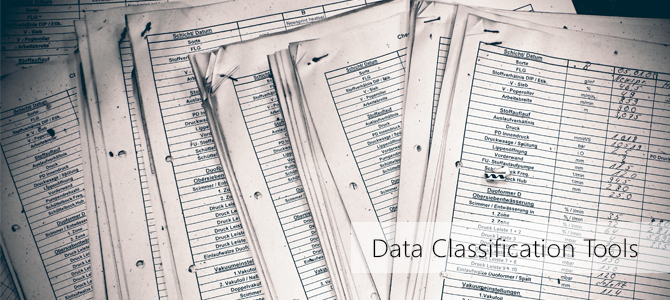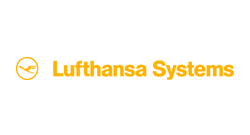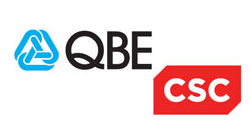Four Key Benefits of Modern Data Classification Tools

The amount of data required in modern business has exploded in the past decade. The scale of big data has seen consistent and rapid growth every year with 2015 seeing banking, retail and telecoms firms storing more than 30 terabytes each on average.
There is no indicator that this requirement will do anything but increase. This expansion brings with it greater security requirements. The sheer scale of data use in modern business requires in turn greater data protection practices and data classification tools. This is increasingly recognised as a firm requirement in the wake of notable ransomware attacks in recent months.
Mistakes, however, are still made frequently in the realm of identity access management and classification practices. These are often avoidable errors that are easily rectified using appropriate software and consultation.
Today we review four distinct benefits that are provided by effective data classification software supplied by a suitable vendor.
Locating and protecting data is made easier
As you might imagine, the difficulty of handling sensitive data scales directly with its volume. This issue is exacerbated by the increasing range of devices which require access to said data.
The requirement for instant access through the cloud from any location brings with it a host of challenging security risks; stories abound of government and private staff losing devices which subsequently pose immediate threats to data security.
Thankfully, this issue is rectified directly when suitable software is used. Security incidents that cause a loss of data can be effectively managed, with a response time that provides a greater level of security and risk management than would otherwise be the case.
Classifying data and controlling its access is simpler
Commonly a bewildering and intimidating task to businesses small and large, the classification of data is simplified using powerful software.
This can be a tremendous boon to businesses that are limited in budget or staff trained in data management. In addition to monitoring and classifying all data, the important function of tiered access is also made manageable. This is vital to larger businesses as well as those that may be undergoing growth or making regular use of freelancers and external staff.
Internal threat is reduced
Did you know that nine out of ten data breaches in the 2015 US healthcare sector were caused by employees? This trend is consistently repeated across the world and is a shock to those who are uninformed; most assume external hackers cause the most damage.
Thankfully, internal risk can be effectively managed. Modern data classification tools make restricting and managing access to large volumes of data manageable for a business of any size, helping to mitigate risk without requiring expensive, continuous consultation or other investment.
The incorporation of effective data classification tools as well as training, consultancy and software dramatically reduces the risk posed by internal threats. This provides significant overall protection in data security.
Management of cloud-based data is improved
We’ve established how critical fluid access to data is for modern businesses to succeed. For this to be possible through a range of devices at any location, data control must be effective and comprehensive. It must also be robust and take business continuity into account; work must go on should devices be lost or business assets and hardware otherwise disrupted.
Fortunately, that’s exactly what is provided through the purchase of modern data classification tools through a reputable vendor able to provide after-purchase consultancy.
These four items are only a few of the benefits available to businesses through the adoption of effective data classification procedures. Both increased to security measures and improvements to ways of working can be had through the purchasing and use of such data classification tools and consultation.










